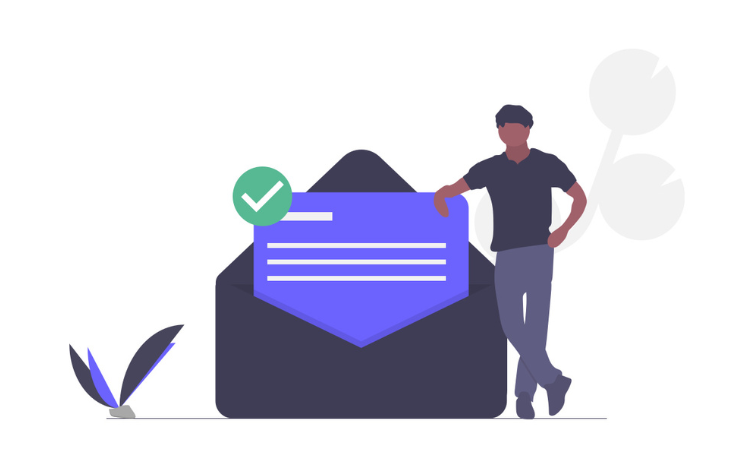Following up after sending an email can feel daunting, but it’s an essential step in maintaining effective communication. A well-crafted follow-up email can reignite interest, clarify misunderstandings, and boost response rates. Here’s how to write follow-up emails that actually get responses.
Understand the Purpose of Your Follow-Up
Before drafting your email, be clear about your objective. Are you seeking feedback, requesting an update, or reinforcing a pitch? Your goal will dictate the tone and content of your message. A clear purpose ensures the recipient understands why you’re reaching out.
Timing is Everything
Sending a follow-up email too soon might come across as pushy, while waiting too long can lead to missed opportunities. A good rule of thumb is to follow up after 2-3 business days. For ongoing communication, consider the context and urgency of the matter.
Write a Clear and Engaging Subject Line
The subject line is your first impression. Make it concise and action-oriented to grab attention. Examples include:
- “Quick Follow-Up on [Topic]”
- “Next Steps for [Project/Proposal]”
- “Checking In on [Specific Request]”
Personalize Your Email
Address the recipient by name and reference your last interaction or a shared point of interest. Personalization builds rapport and shows genuine interest, making it more likely they will respond.

Keep the Email Concise and Relevant
Respect the recipient’s time by keeping your email brief and to the point. Restate the purpose of your communication, provide necessary context, and clearly outline what you’re requesting.
see Also: How to Craft Subject Lines That Boost Email Open Rates
Include a Call-to-Action (CTA)
End your email with a specific call-to-action. Whether it’s scheduling a meeting, providing feedback, or completing a task, make it clear what the next step should be. Use phrases like:
- “Could you let me know your thoughts by [specific date]?”
- “Please reply with your availability for a quick call.”
Polish Your Tone
Maintain a polite and professional tone, even if you’re following up multiple times. Use positive language and avoid sounding frustrated or impatient.
Leverage Email Tools for Efficiency
If you’re managing a large number of follow-ups, consider using tools like email templates, reminders, or automation software. These can streamline your process while maintaining a personalized touch.
Follow-Up Persistently but Respectfully
It’s okay to follow up more than once, especially if the matter is important. Space out your emails and adjust your message based on the previous communication. Stop if you’ve received a definitive response or if further follow-ups might harm the relationship.
See Also: Boost Email Results with Scarcity & Urgency Tactics
End with Gratitude
Always thank the recipient for their time and consideration, even if they haven’t responded yet. A simple expression of gratitude leaves a positive impression.
Example of a Follow-Up Email
Subject: Quick Follow-Up on Our Recent Discussion
Hi [Recipient’s Name],
I hope this email finds you well. I wanted to follow up on our recent conversation about [specific topic]. Have you had a chance to review the materials I sent?
Let me know if you have any questions or need further clarification. I’d be happy to discuss this further at your convenience.
Looking forward to your response.
Best regards,
[Your Name]
Call us: Contact us For Email Marketing Services: +971 58 830 3415
By implementing these strategies, you’ll create follow-up emails that stand out and encourage timely responses. Follow-ups aren’t just reminders; they’re opportunities to strengthen connections and achieve your goals.
